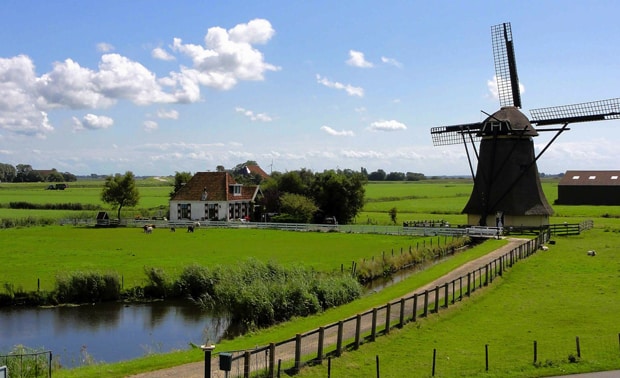A. Based on the problem you’ve described, it sounds as though you really should be focusing on researching the family in the United States rather than Belgium. In order to cross the pond, you first have to pinpoint the Belgian immigrant.
So first, you’ll have to learn who the immigrant was, when he came to America, and the specific town he came from. That’s because the Belgian genealogical records you’ll use will be organized by town. To learn the town name, you’ll need to thoroughly trace each generation of the family in America, starting with your husband.
You might try asking your husband’s relatives if they know any family stories that might provide additional clues, or if they have any family papers that could contain leads—a naturalization record or a family Bible, for example.
A good next step would be searching federal census records for each generation of your husband’s family: Beginning in 1850, censuses list each person’s place of birth. So if a family member did in fact immigrate during the late 1800s, census records should indicate that. Later censuses even tell you parents’ birthplaces.
Searching a passenger list index (such as the Ellis Island database, which covers 1892 to 1924, or Ancestry.com’s immigration collection) for your husband’s ancestors who arrived during the late 1800s also can help you find the immigrant. If that person became a citizen in the late 19th or early 20th century, his naturalization documents will likely tell you the town where he last lived in Belgium. Obituaries often provide clues to place of origin, too.
Your best bet is to check every source you can about each previous generation, as you never know where a lead is going to turn up. That includes records about the siblings of your husband’s ancestors: Maybe your husband’s forebear didn’t apply for citizenship, for example, but his brother did. (See our article on naturalization records in the May 2008 Family Tree Magazine.)


